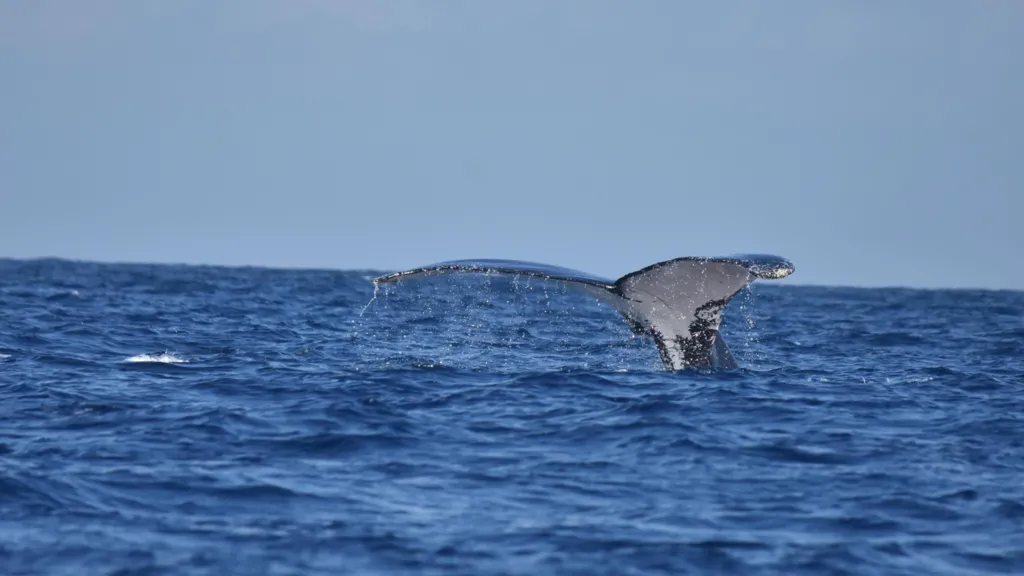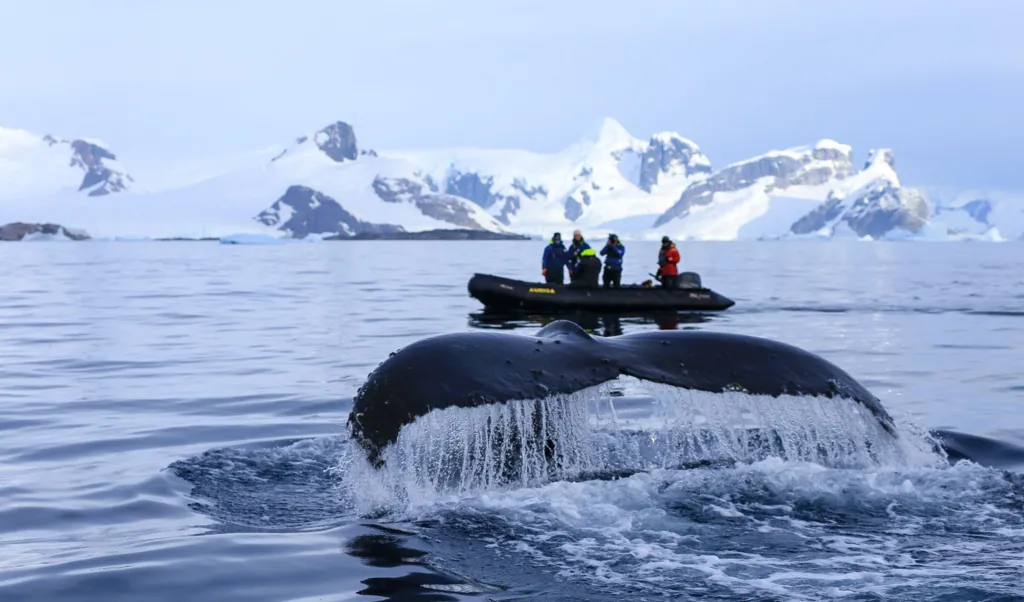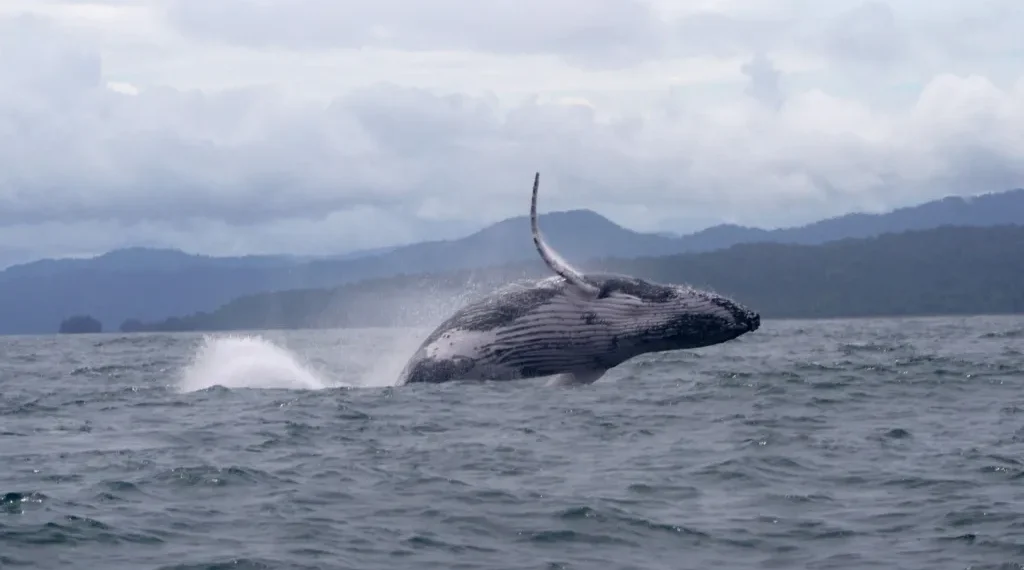Whale’s Epic 13,000-Kilometer Journey Astonishes Scientists
A humpback whale has stunned researchers by undertaking one of the longest and most extraordinary migrations ever recorded—spanning over 13,000 kilometers between the Pacific and Indian Oceans. Experts believe this remarkable feat might be linked to climate change or the quest for a mate.
An Unprecedented Journey
Initially spotted off Colombia’s Pacific coast in 2017, the same whale resurfaced years later near Zanzibar, along the Indian Ocean. This journey, spanning two distant breeding grounds, is an unprecedented event in whale migration.
Dr. Ekaterina Kalashnikova from the Tanzania Cetaceans Program described the migration as “truly impressive and unusual, even for a highly migratory species like humpback whales.”
A photograph taken in 2022 off Zanzibar confirmed the whale’s identity, and researchers believe this could be the longest recorded journey by a humpback whale.

Humpback Whales: Nature’s Long-Distance Swimmers
Humpback whales are renowned for their long migrations, swimming annually between tropical breeding zones and cooler feeding grounds. However, this male’s journey was exceptional, highlighting possible shifts in migration patterns.
Scientists suggest several theories behind this record-breaking trek:
- Climate Change: Declining food sources, such as krill, may force whales to explore new territories.
- Rebounding Populations: Conservation efforts have increased whale numbers, leading to the exploration of untapped breeding grounds.
- Environmental and Evolutionary Factors: Global climate changes and extreme environmental events might also influence migration behaviors.
“These factors, alongside evolutionary mechanisms, could be driving such extraordinary movements,” added Dr. Kalashnikova.

Tracking the Whale’s Path
The whale was first photographed with a group of humpbacks near Colombia in 2013, seen again in the same region in 2017, and finally identified near Zanzibar in 2022. Its migration path, measured as a minimum great-circle distance of 13,046 kilometers, likely extended even further due to oceanic currents and feeding stops.
How Science Tracks Whales
The study relied on thousands of whale tail photographs submitted to Happywhale.com, a citizen science platform. Using artificial intelligence, the platform matches the unique patterns on whale flukes, allowing researchers to map individual movements globally.
This incredible journey underscores the importance of ongoing conservation and research efforts as whales adapt to a rapidly changing world.
This article was rewritten by JournosNews.com based on verified reporting from trusted sources. The content has been independently reviewed, fact-checked, and edited for accuracy, neutrality, tone, and global readability in accordance with Google News and AdSense standards.
All opinions, quotes, or statements from contributors, experts, or sourced organizations do not necessarily reflect the views of JournosNews.com. JournosNews.com maintains full editorial independence from any external funders, sponsors, or organizations.
Stay informed with JournosNews.com — your trusted source for verified global reporting and in-depth analysis. Follow us on Google News, BlueSky, and X for real-time updates.













